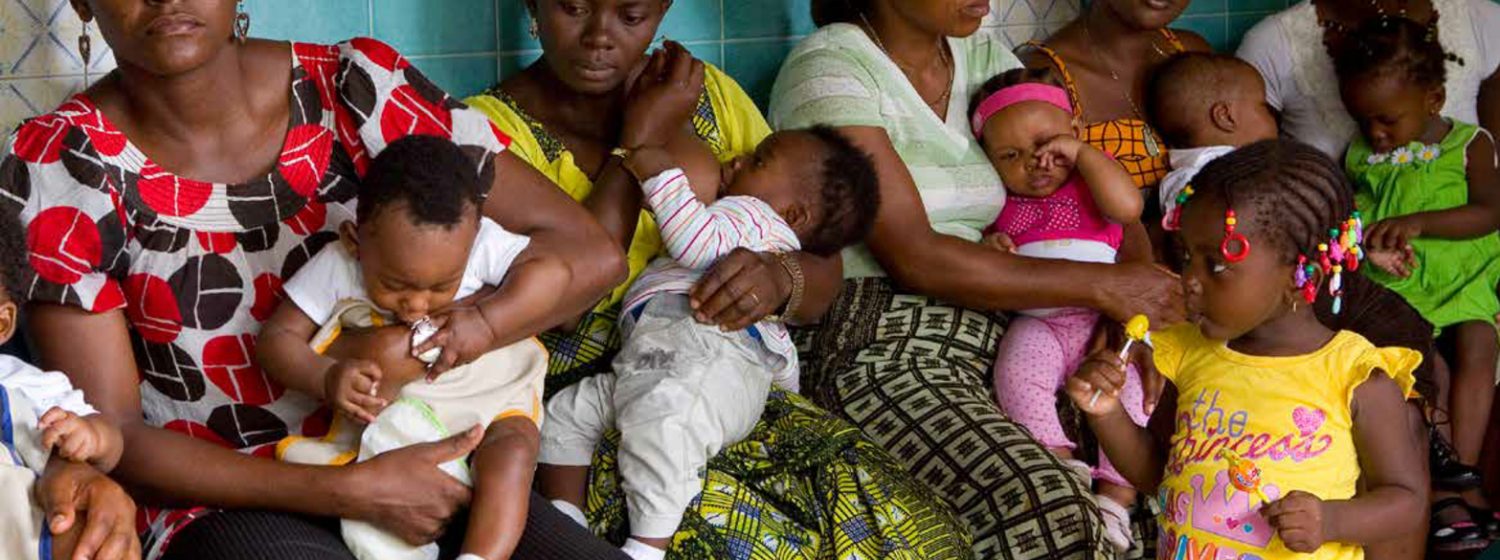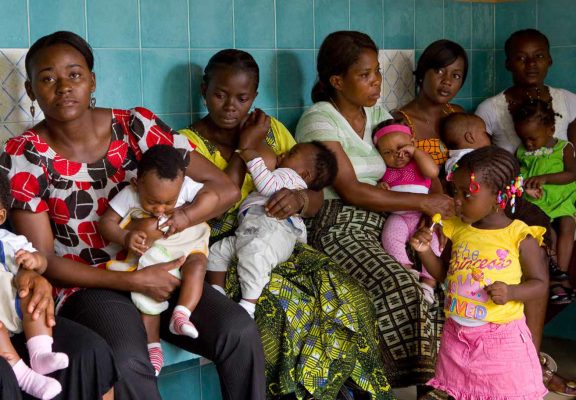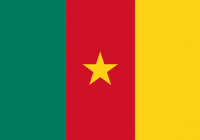


Cameroon
Cameroon, on the Gulf of Guinea, is a Central African country of varied terrain and wildlife. Its inland capital, Yaoundé, and its biggest city, the seaport Douala, are transit points to ecotourism sites. Its population is 22 million. Cameroon’s GDP per capita is USD 1,328 and GDP of USD 29.57 billion (2013).
Cameroon is often referred to as “”Africa in miniature”” for its geological and cultural diversity. Malaria is endemic and accounts for approximately 50 percent of morbidity and 40 percent of mortality among children under five. Although there is a global effort in the country to curb TB, each year 25,000 new cases are detected, and the TB/HIV co-infection remains high at 40 percent. Cameroon’s national HIV prevalence is estimated at 5.3 percent. Non-governmental organizations are voicing repeatedly concerns outlining social stigma, discrimination and criminalization based on both the sexual orientation and HIV status of the lesbian, gay, bisexual, and transgender community which hamper their access to lifesaving HIV programs. The Global Fund-supported programs aim to provide comprehensive care for TB and HIV patients, ensuring universal access to care, prevention of mother-to-child transmission, and prevention among key populations. Malaria interventions are focused on decreasing the population burden.
AHO PRIORITIES FOR HEALTH DELIVERY PLAN IN CAMEROON
- Health care financing.
- HIV/AIDS.
- New and re-emerging diseases.
- Drug abuse.
- High teenage pregnancy rates
- Increase in chronic diseases.
- Effects of migration and immigration on the health system.
- Human resource development in priority areas.
- Institutional strengthening of the Health Information systems.
PROGRAMMES & PROJECTS
1. HEALTH SYSTEMS DEVELOPMENT
PURPOSE
To strengthen the institutional capacity of the organisation to ensure quality health delivery and care
EXPECTED RESULTS
- Support provided to plans, projects, and policies designed and introduced to strengthen the leadership role of the organisation.
- AHO’s capacity to manage human resources strengthened.
- Capacity for evidence-based decision making improved.
- Direct support provided to update national health policies and plans.
- Program implementation, monitoring, and evaluation mechanisms in place.
2. NONCOMMUNICABLE DISEASES AND COMMUNICABLE DISEASES
PURPOSE
To improve the management of selected noncommunicable diseases and communicable diseases
EXPECTED RESULTS
- Support provided for the formation of networks and alliances to promote health.
- Standards and guidelines developed, adapted, and/or introduced.
- Research and evaluation studies conducted into selected aspects of noncommunicable diseases.
- Support provided to plans, projects, and policies to strengthen the management and control of selected communicable diseases/conditions.
- Training programs accessed in selected priority areas and as recommended by the Fellowship Committee of AHONOC.
- Promotional campaigns developed to facilitate healthy behaviours
RESOURCES (USD)
AHO CAMEROON BUDGET 2020 (USD million)* based on 2017 pop 24.05 million World Bank
| SO | BUDGET ITEM | AMOUNT* |
| 1 | Combating communicable diseases | 400 |
| 2 | Tackling non communicable diseases | 500 |
| 3 | Addressing determinants of health & risk factors | 350 |
| 4 | Modernising health system and health service | 375 |
| 5 | Improving preparedness, surveillance and response | 380 |
| 6 | Developing good governance & corporate services | 400 |
| Total | 2,405 |
AHO estimates that it needs to spend at least USD100 per capita on health to meet the basic health needs of the people in Africa. This is too far below developed countries e.g. in England it is US$1,300 per capita (2017)

